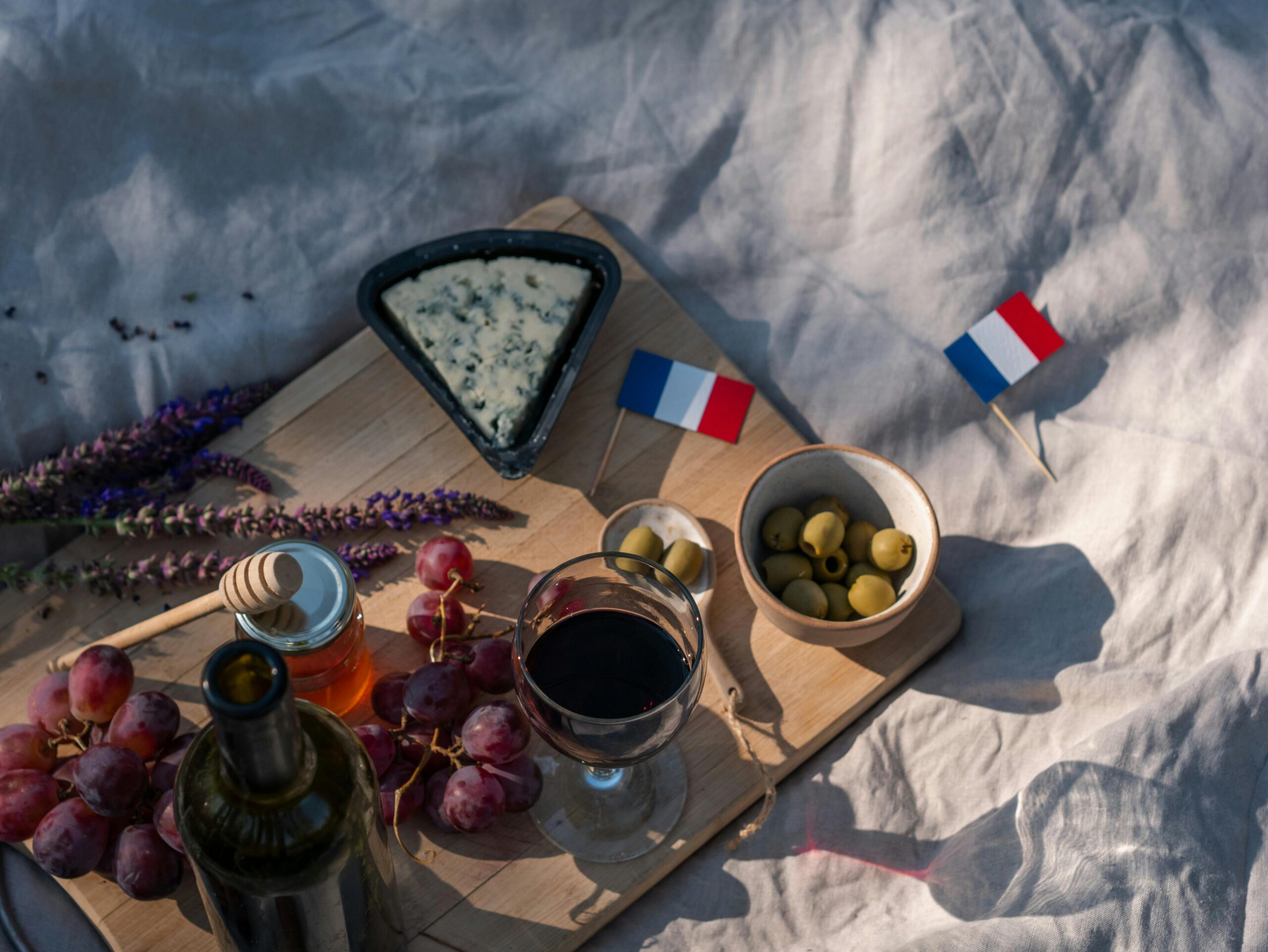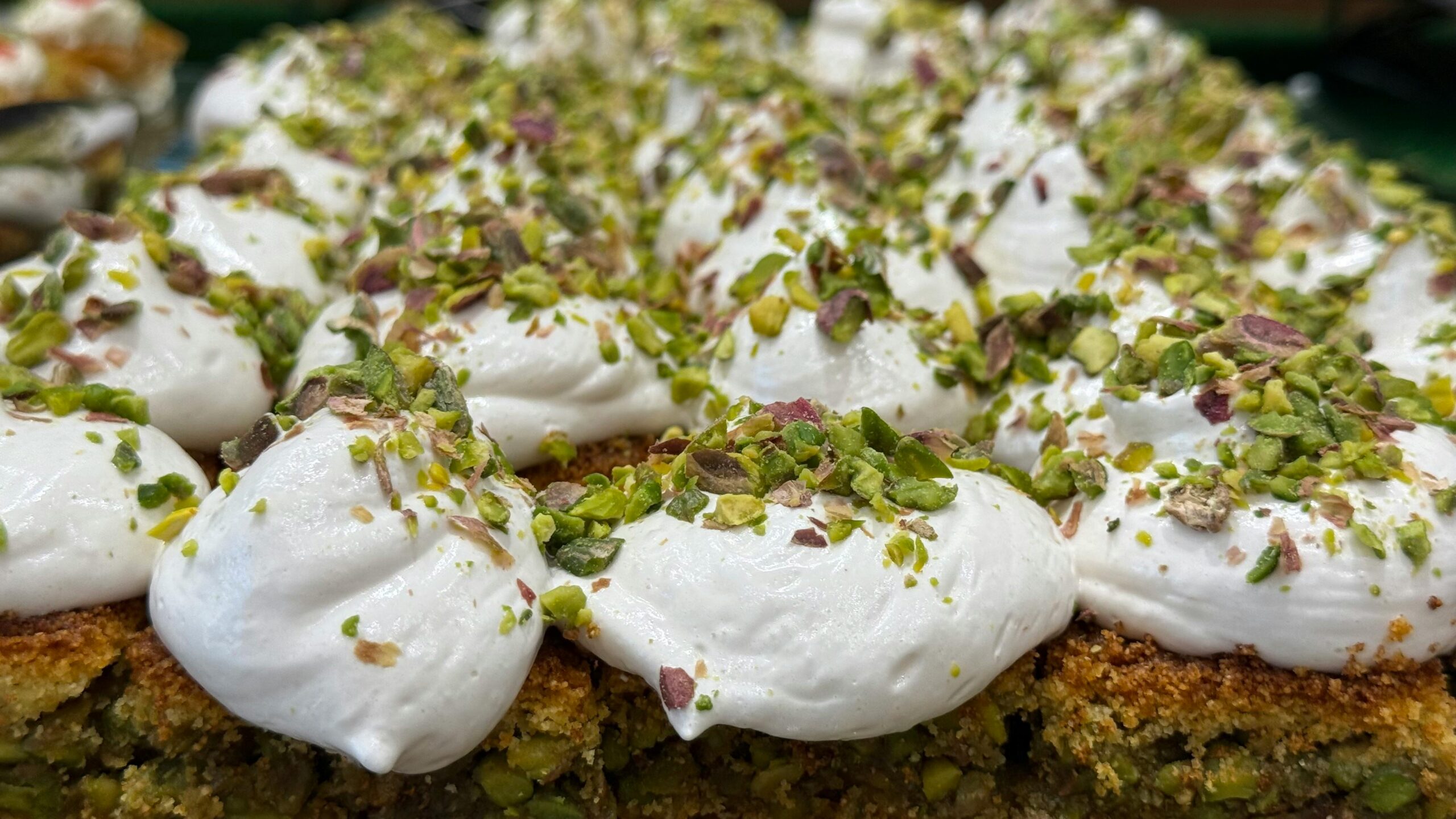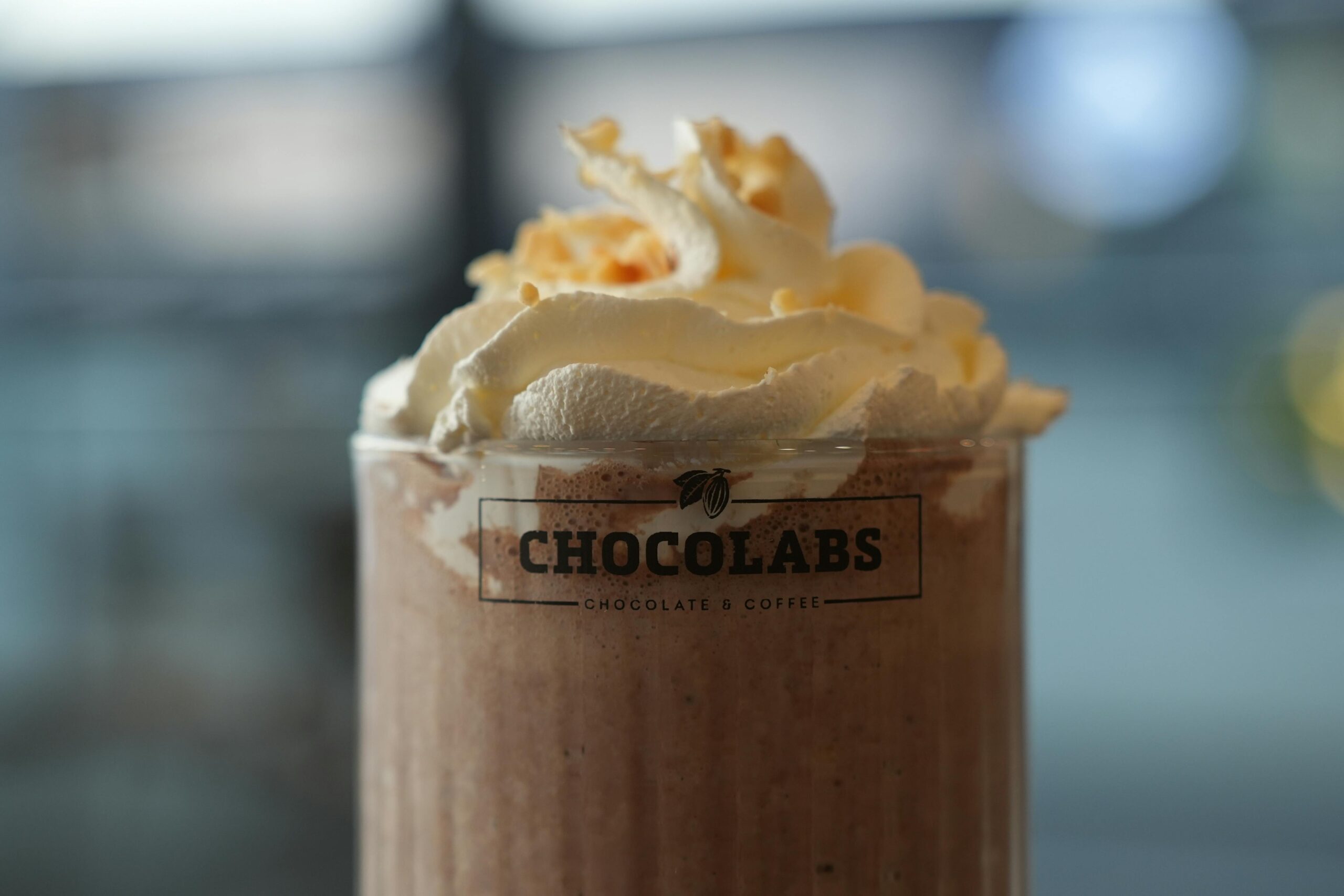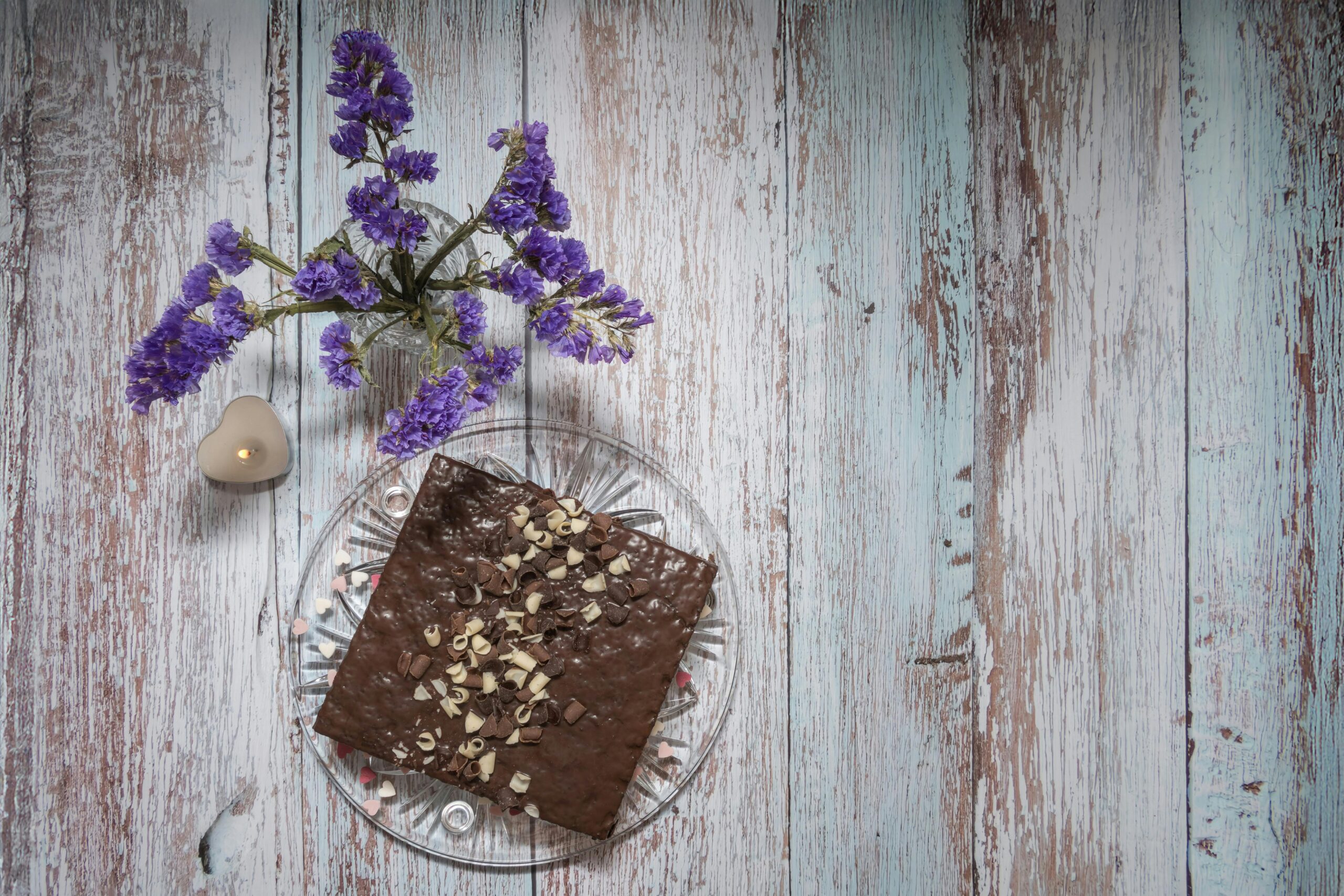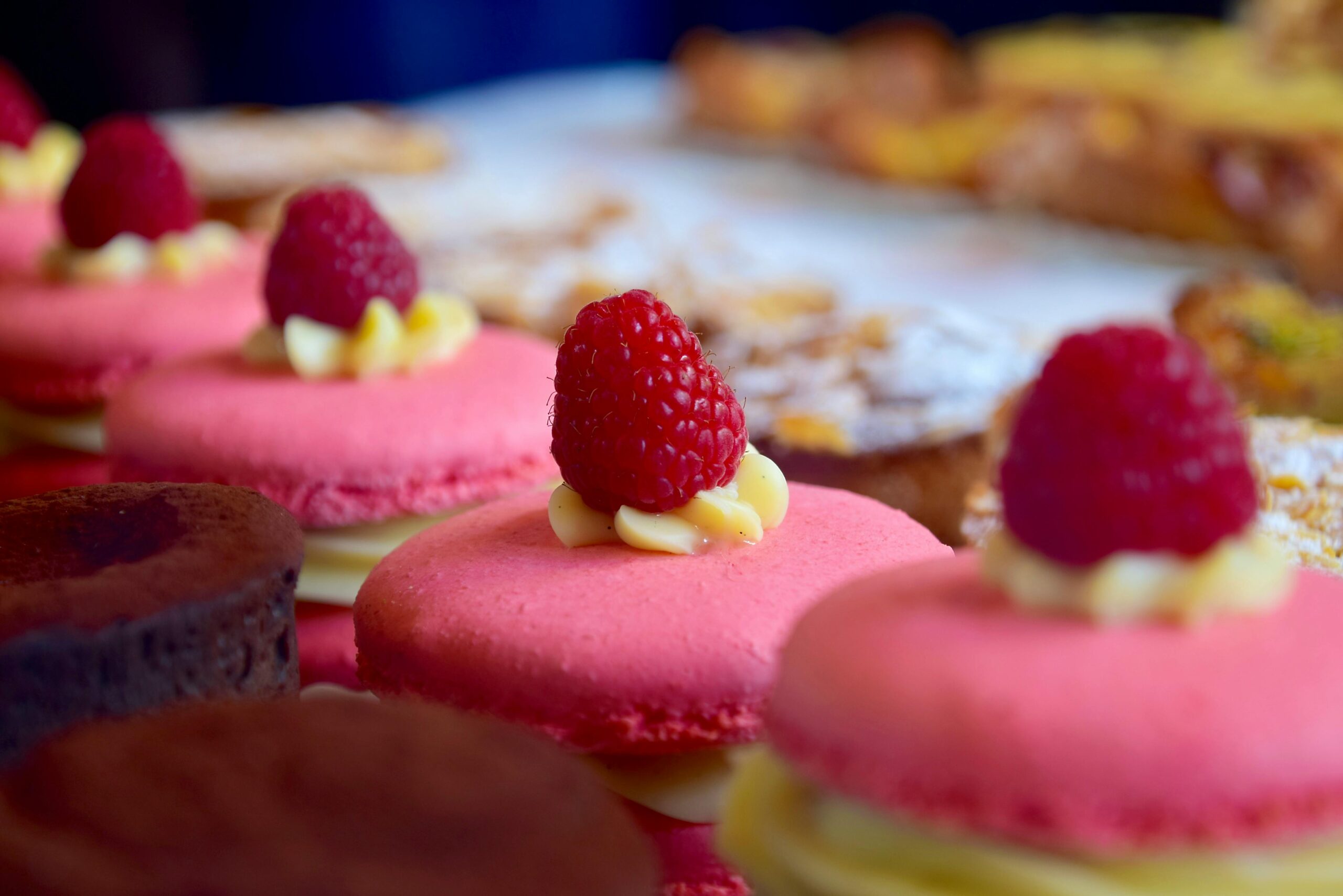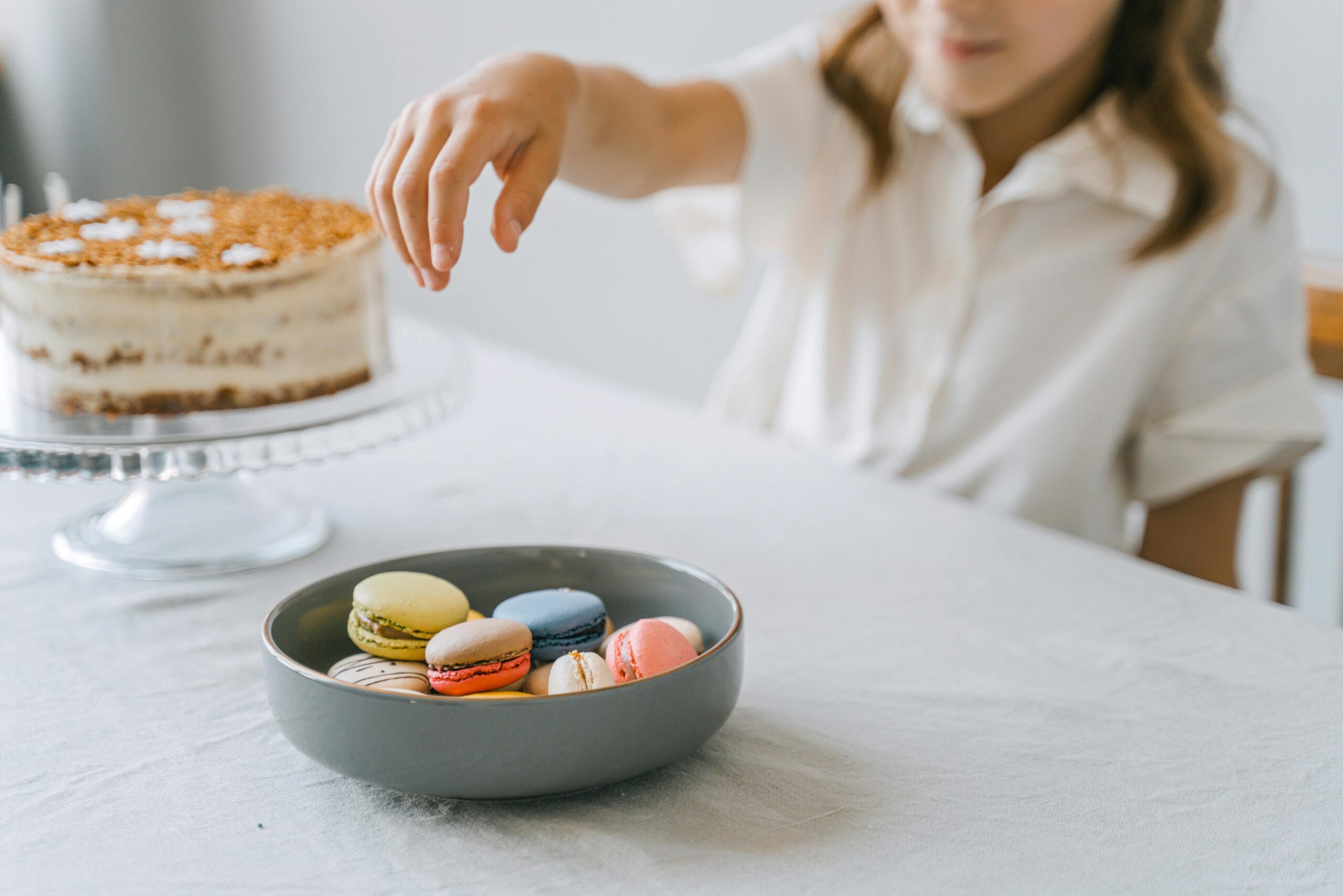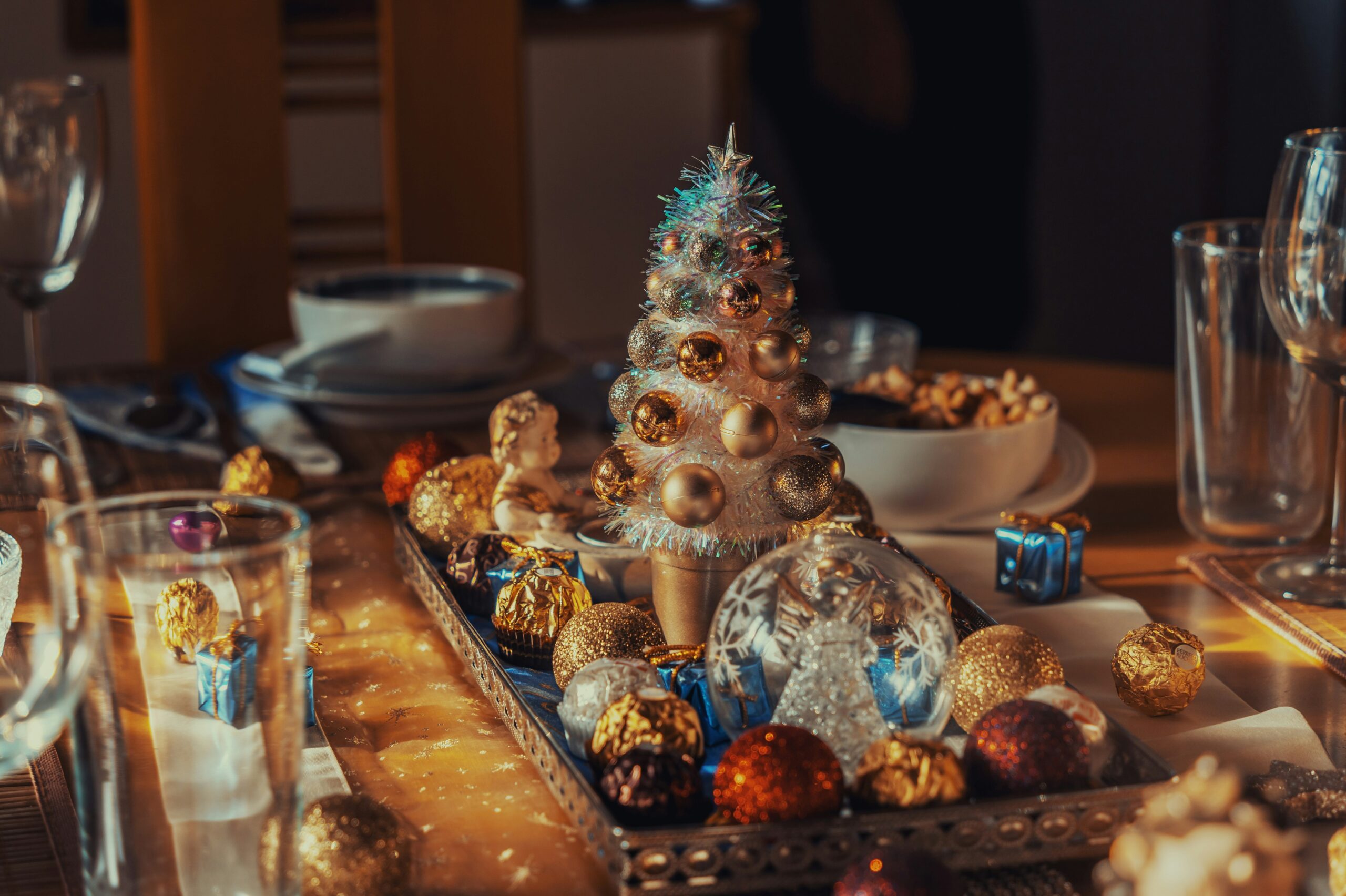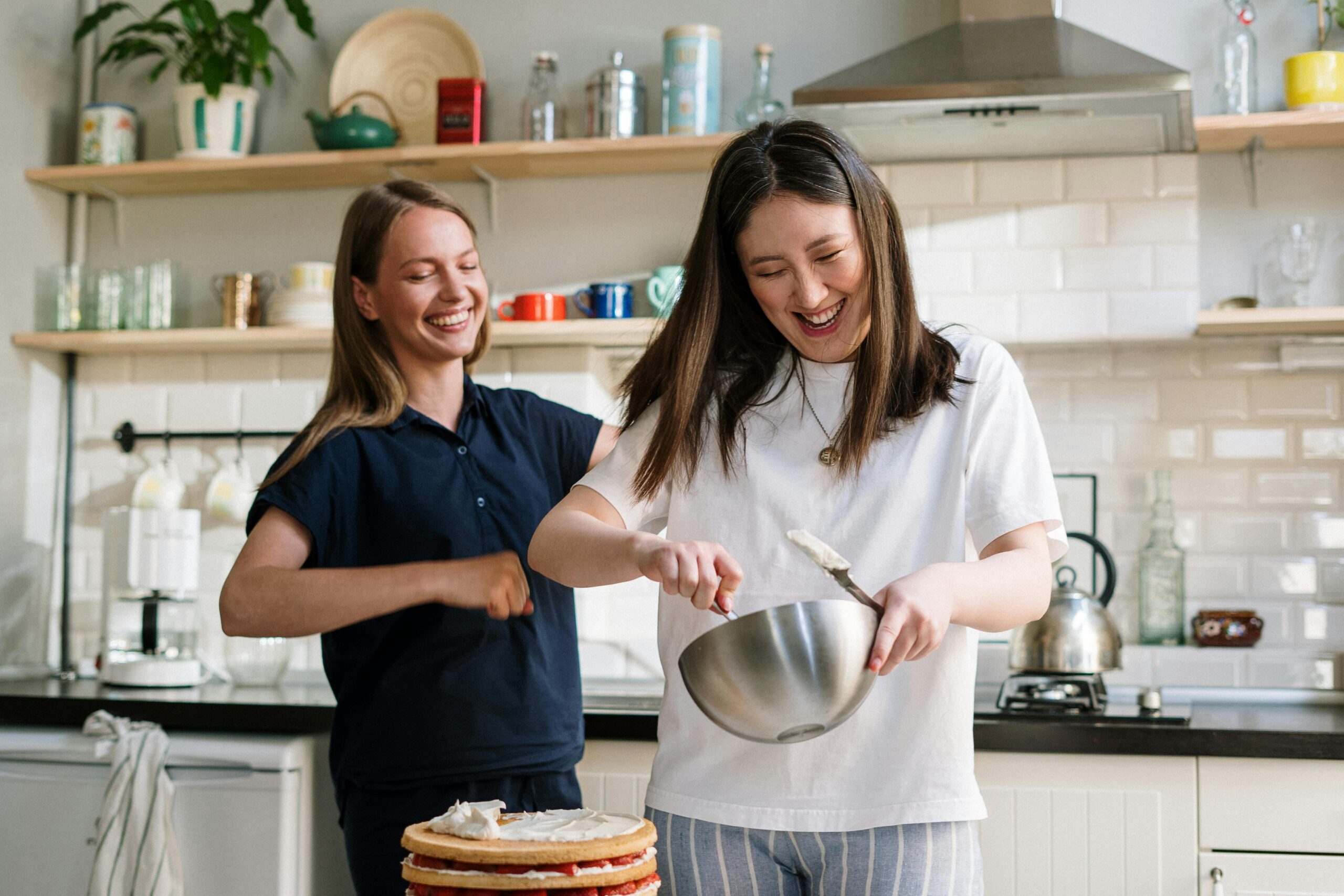Mastering the Art of French Desserts | Your Ultimate Guide to Baking Like a Parisian
Mastering the Art of French Desserts | Your Ultimate Guide to Baking Like a Parisian
Bring the Magic of French Pâtisserie to Your Kitchen!
French desserts are the epitome of elegance, indulgence, and artistry. Whether you’re craving the flaky layers of a mille-feuille, the airy crunch of a macaron, or the creamy delight of a crème brûlée, French baking offers something for every palate. But have you ever wondered what makes these pastries so special?
Is it the buttery richness? The delicate balance of flavors? Or the meticulous techniques that French pastry chefs have mastered for centuries?
The good news is, you don’t have to be a professional baker to recreate these exquisite desserts at home! With the right ingredients, step-by-step guidance, and a sprinkle of patience, you’ll soon be whipping up authentic French treats that will transport your taste buds straight to Paris. 🥐✨
In this comprehensive guide, we’ll break down everything you need to know about French desserts, from essential ingredients and classic techniques to foolproof recipes you can try today. Whether you’re a curious foodie, a history lover intrigued by French culinary traditions, or a tourist reminiscing about Parisian pastries, this article is for you!
So, tie on your apron, grab your whisk, and let’s embark on a sweet journey through the world of French pâtisserie! 🍮🍫
- Understanding the Foundations of French Desserts
French desserts are known for their technical precision, delicate flavors, and rich textures. Unlike many other sweets around the world, French pastries prioritize harmony over excessive sweetness, allowing the ingredients to shine. Here’s what makes them unique:
✔️ Precision and Technique – French baking is an art that relies on exact measurements, specific folding techniques, and controlled baking temperatures to create perfect pastries.
✔️ High-Quality Ingredients – Authentic French pastries are made with real butter, fresh cream, free-range eggs, and the finest chocolate and fruit purées.
✔️ Layering of Textures – The magic of French pastries lies in their contrast—think crisp exteriors paired with soft, creamy, or airy fillings (e.g., éclairs, mille-feuille, or profiteroles).
✔️ Balanced Sweetness – Unlike American-style desserts that rely on heavy sugar, French pastries aim for a natural balance of flavors, often enhanced by vanilla, citrus, or almond extracts.
✔️ French Culinary Heritage – Many classic desserts have been around for centuries, refined over time by legendary pastry chefs like Marie-Antoine Carême and Auguste Escoffier.
- Essential Ingredients for French Baking
The secret to authentic French desserts lies in using the right ingredients. Here’s what you’ll need to stock your kitchen:
🔹 Flour: Choose pastry flour for lighter bakes or all-purpose flour for versatility.
🔹 Butter: The heart of French baking—opt for high-fat European-style butter (82% fat or higher) for richness.
🔹 Sugar: Granulated sugar for caramel, powdered sugar for dusting, and brown sugar for depth of flavor.
🔹 Eggs: Room-temperature eggs are crucial for emulsifying batters and creating structure.
🔹 Vanilla & Extracts: High-quality vanilla bean paste or extract adds an authentic aroma.
🔹 Chocolate: Always use high-cocoa dark chocolate (minimum 60%) for deep, rich flavors.
🔹 Dairy: Heavy cream and milk are essential for ganache, pastry cream, and sauces.
🔹 Nuts & Almond Flour: Commonly used in macarons, tarts, and frangipane fillings.
💡 Pro Tip: French chefs emphasize quality over quantity—using premium ingredients will elevate even the simplest desserts.
- Mastering Basic French Baking Techniques
📌 Choux Pastry (Pâte à Choux) – The base for éclairs, cream puffs, and gougères, this dough is first cooked on the stove before being baked for a light and airy texture.
📌 Lamination – The process of folding butter into dough multiple times to create flaky, layered pastries like croissants and puff pastry.
📌 Macaronage – The precise folding technique used to create smooth, glossy macaron shells without air pockets.
📌 Caramelization – Slow heating of sugar to create deep, golden flavors, essential for crème brûlée, caramel tarts, and pralines.
📌 Tempering Chocolate – A technique that stabilizes melted chocolate to ensure a glossy finish, crisp snap, and smooth texture.
Mastering these techniques will take your French desserts from amateur to professional level!
- Safety Tips for Ingredients and Cooking
When working with delicate ingredients and high temperatures, it’s essential to follow safety precautions:
✔️ Handling Dairy & Eggs: Always use pasteurized eggs and fresh dairy products to avoid foodborne illnesses.
✔️ Sugar Caramelization: Be cautious when working with caramelized sugar—it reaches extremely high temperatures and can cause burns. Use heat-resistant gloves and never leave sugar unattended.
✔️ Oven Safety: Always use oven mitts when handling hot baking trays, and be mindful of temperature settings to prevent burning.
✔️ Knife Safety: Many French desserts require precise cutting of pastry or fruit. Always use a sharp knife and a stable cutting surface to avoid accidents.
✔️ Allergy Awareness: French baking often includes nuts, dairy, and gluten. If serving guests, always check for allergies and consider alternative ingredients.
By following these safety measures, you’ll ensure a smooth and accident-free baking experience!
- Classic French Dessert Recipes to Try at Home
1️⃣ Crème Brûlée: The Silky, Caramelized Delight
This creamy vanilla custard topped with a crisp caramelized sugar layer is a true French classic.
How to Perfect It:
✔️ Bake in a water bath to ensure smooth texture.
✔️ Chill before caramelizing the top to prevent curdling.
✔️ Use a blowtorch for the best caramelized sugar crust.
2️⃣ Macarons: The Iconic French Cookie
These delicate almond-meringue cookies with a creamy filling require patience but are worth the effort!
Common Mistakes & Fixes:
❌ Cracked shells? Let them rest longer before baking.
❌ Hollow shells? Overmixing or incorrect oven temperature may be the cause.
❌ No “feet”? Your batter may have been too runny—adjust the folding technique.
Final Thoughts: Elevate Your Baking and Impress with Authentic French Desserts
Baking French desserts is not just about following recipes—it’s about embracing a tradition that blends art, technique, and passion. Whether you’re trying your hand at a classic crème brûlée, a flaky croissant, or a delicate macaron, every step you take in mastering these treats brings you closer to the heart of French culinary excellence.
Why French Pastries Stand Out
✔️ They balance sweetness and richness without overwhelming the palate.
✔️ French baking emphasizes technique, patience, and precision, ensuring high-quality results.
✔️ Each dessert tells a story—whether it’s the historical mille-feuille or the beloved tarte Tatin, you’re indulging in centuries of pastry evolution.
✔️ The use of premium ingredients like European butter, fresh dairy, and fine chocolate sets them apart from mass-produced sweets.
Your Next Steps in French Baking
💡 Start Simple: Try a recipe that matches your skill level—crème brûlée is an excellent starting point, while macarons might require more practice.
💡 Invest in Quality Ingredients: The best French desserts rely on real butter, vanilla beans, and high-cocoa chocolate—skimping on quality affects the final taste.
💡 Practice Makes Perfect: Even expert pâtissiers refine their skills over time. Don’t be discouraged if your first attempt isn’t perfect!
💡 Explore Beyond the Basics: Once you master simple recipes, challenge yourself with laminated doughs for croissants or complex layered cakes.
Join the Global Love for French Desserts
French pâtisserie is cherished around the world, and now, you know how to create these masterpieces in your kitchen. Whether you bake for personal enjoyment, impress friends and family, or dream of running a pâtisserie of your own, the world of French desserts is yours to explore.


